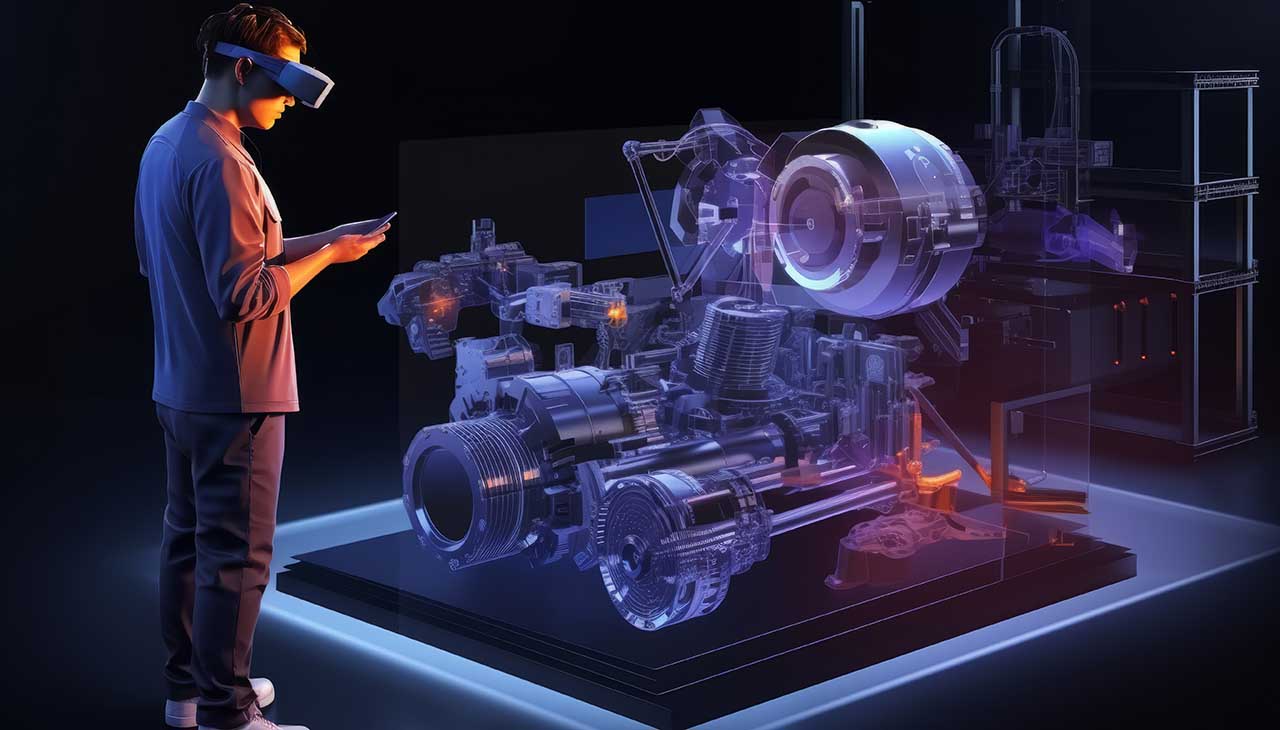Introduction to 3D Printing in the Auto Parts Industry
The automotive world is no stranger to innovation. But one technological breakthrough is leaving a lasting mark on how we design, manufacture, and replace car parts. That game-changer is 3D printing. This blog will explore how 3D printing is revolutionizing the auto parts industry, making it more efficient, flexible, and eco-friendly. By the end, you’ll have a deeper understanding of why this technology is so important for auto enthusiasts and the manufacturing sector.
A Brief History and Evolution of 3D Printing Technology
3D printing, also known as additive manufacturing, has come a long way since its inception in the early 1980s. Initially used for creating prototypes, the technology has advanced rapidly, allowing for the production of intricate and functional parts. From simple plastic components to complex metal structures, 3D printing has evolved into a versatile solution for various industries, including automotive.
The Importance of 3D Printing in the Manufacturing Sector
In the manufacturing sector, time is money. Traditional methods often involve lengthy processes and high costs, especially when producing custom or low-volume parts. This is where 3D printing shines. By building parts layer by layer, it eliminates the need for expensive molds and reduces material waste. This not only speeds up production but also lowers costs, making it a game-changer for the auto industry.
The Advantages of 3D Printing for Auto Parts
Cost-effectiveness and Reduced Lead Times
One of the most significant benefits of 3D printing is its cost-effectiveness. Traditional manufacturing methods often require costly molds and tooling, which can be prohibitive for small-scale production runs. With 3D printing, these upfront costs are eliminated, allowing for more affordable production of custom and low-volume parts. Additionally, the reduced lead times associated with 3D printing mean that parts can be produced and delivered much faster, minimizing downtime and improving overall efficiency.
Customization and Design Flexibility
Another advantage of 3D printing is the unparalleled level of customization and design flexibility it offers. Traditional manufacturing methods can be limiting when it comes to creating intricate or unique designs. However, 3D printing allows for the production of highly complex and customized parts with ease. This opens up new possibilities for designers and engineers, enabling them to create innovative solutions that were previously impossible. Whether it’s a one-of-a-kind component or a highly specialized part, 3D printing makes it easier to bring these designs to life.
Environmental Benefits of Additive Manufacturing
In addition to its cost and design advantages, 3D printing also offers significant environmental benefits. Traditional manufacturing methods often result in a considerable amount of material waste, as excess material is removed during the production process. In contrast, additive manufacturing builds parts layer by layer, using only the necessary amount of material. This reduces waste and minimizes the overall environmental impact of production. Furthermore, the ability to produce parts on-demand means that fewer resources are used for storage and transportation, further reducing the environmental footprint of the manufacturing process.
Case Studies Real-World Applications
Examples of 3D Printing in the Production of Complex Auto Parts
Several automotive companies are already leveraging 3D printing to produce complex and innovative parts. For example, BMW uses 3D printing to create lightweight metal components for their vehicles. This not only improves fuel efficiency but also enhances the overall performance and handling of the car. Similarly, Ford has implemented 3D printing to produce brake parts and engine covers, showcasing the technology’s versatility and potential.
Impact on Aftermarket Parts Availability and Quality
The aftermarket parts industry has also seen significant benefits from 3D printing. Traditionally, finding high-quality aftermarket parts can be challenging, especially for older or rare vehicles. However, 3D printing has made it possible to produce these parts on-demand, ensuring that they meet the same quality standards as original components. This has not only improved the availability of aftermarket parts but also enhanced their overall quality, providing consumers with reliable and durable solutions.
Challenges and Future Outlook
Current Limitations and Challenges Facing 3D Printing
Despite its many advantages, 3D printing still faces some challenges. One of the primary limitations is the speed of production. While 3D printing is faster than traditional methods for certain applications, it can still be relatively slow for large-scale production. Additionally, the cost of 3D printing materials can be higher than those used in traditional manufacturing, which can impact the overall cost-effectiveness of the process. Furthermore, there are still some technical limitations related to the strength and durability of certain 3D-printed materials, which may restrict their use in specific applications.
Technological Advancements and Potential Breakthroughs in the Industry
However, the future of 3D printing in the automotive industry looks promising. Ongoing research and development efforts aim to address the current limitations and push the boundaries of what’s possible with additive manufacturing. For example, advancements in multi-material printing and hybrid manufacturing techniques are expected to enhance the strength and durability of 3D-printed parts. Additionally, improvements in printing speed and the development of new, cost-effective materials will further expand the potential applications of 3D printing in auto parts production.
Conclusion
3D printing is undeniably revolutionizing the auto parts industry. From cost savings and design flexibility to environmental benefits and improved aftermarket parts availability, the advantages of this technology are clear. While there are still challenges to overcome, the future of 3D printing in the automotive sector looks bright. As technological advancements continue to push the boundaries of what’s possible, we can expect to see even more innovative and groundbreaking applications of 3D printing in the years to come.
For auto enthusiasts and manufacturing professionals alike, staying informed about the latest developments in 3D printing is essential. By understanding the potential and limitations of this technology, you can better position yourself to take advantage of its benefits and drive the future of the automotive industry forward. If you’re interested in exploring more about 3D printing and its applications in the auto parts industry, don’t hesitate to reach out to our team for further insights and support.

